How Limited Slip Differentials Work: Enhanced Traction
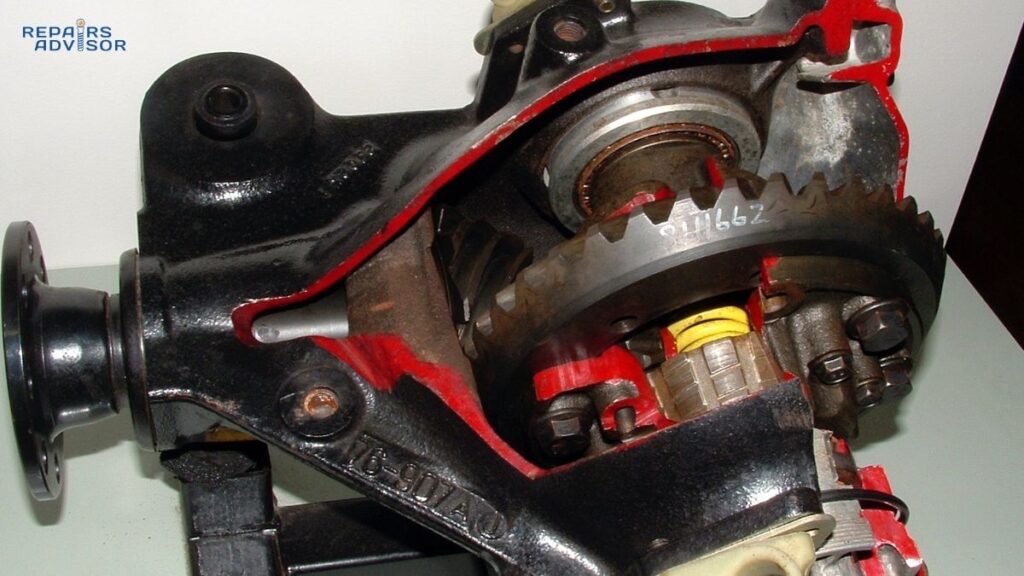
You’re stuck. One wheel spins uselessly in the mud while the other sits motionless with perfect traction just inches away. Your vehicle rocks back and forth, digging deeper with each attempt. This frustrating scenario plays out thousands of times daily for drivers with standard open differentials—a problem that limited slip differentials were specifically engineered to […]
How Differential Systems Work: Torque Distribution
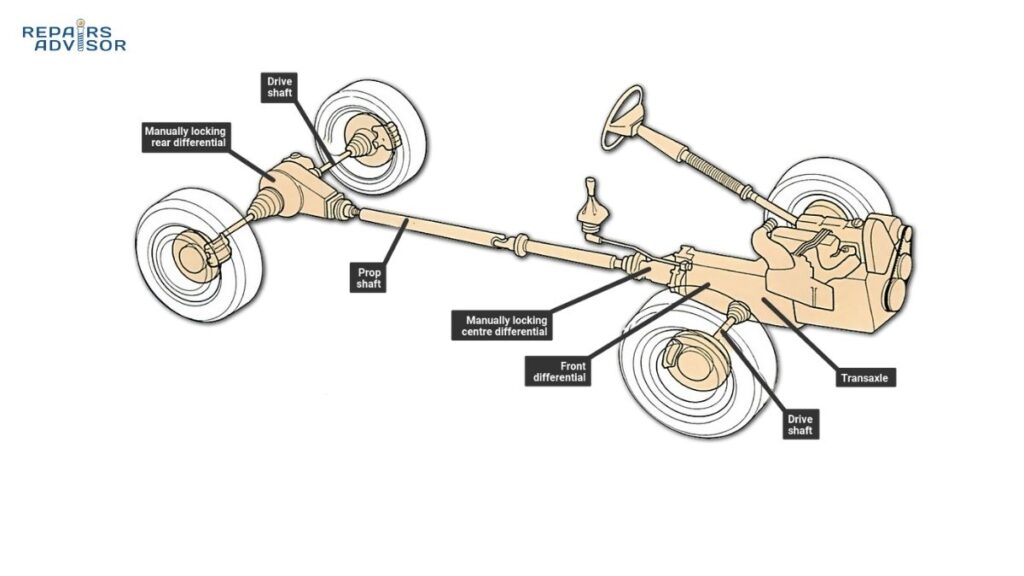
Your vehicle makes thousands of turns every day, and each time, something remarkable happens beneath your wheels. The outer wheel travels farther than the inner wheel, yet both remain powered and under control. This seemingly simple feat requires one of automotive engineering’s most elegant solutions: the differential. Without this crucial component, every turn would cause […]
How CVT Transmissions Work: Continuous Variable Ratios
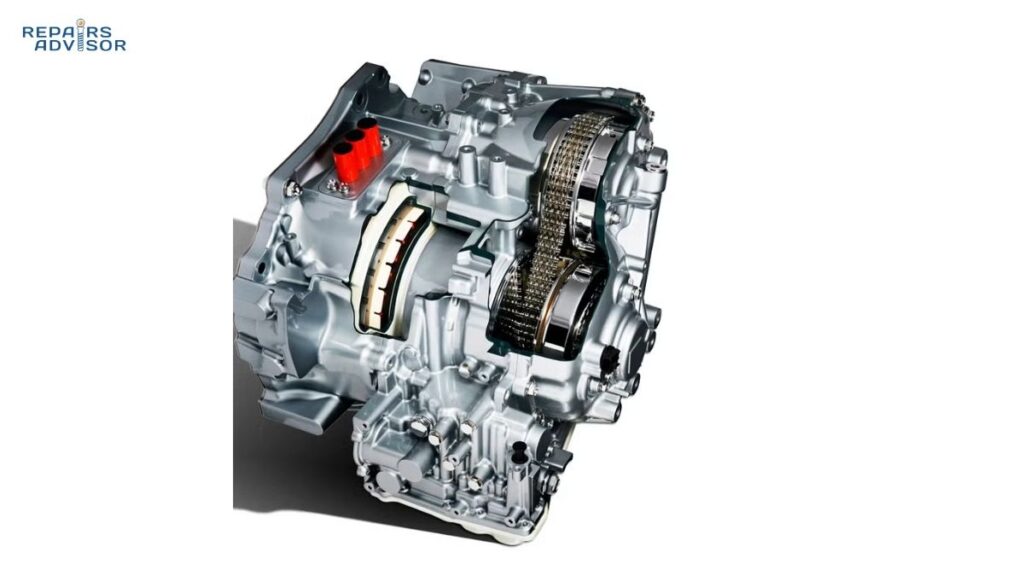
The continuously variable transmission represents one of the most significant innovations in automotive power delivery, yet it remains misunderstood by many drivers. While traditional automatic transmissions shift through a fixed number of gears, CVT technology takes a fundamentally different approach—offering infinite gear ratios for seamless acceleration and superior fuel efficiency. Understanding how CVTs work, their […]
How Flywheel and Flexplate Work: Inertia and Connection
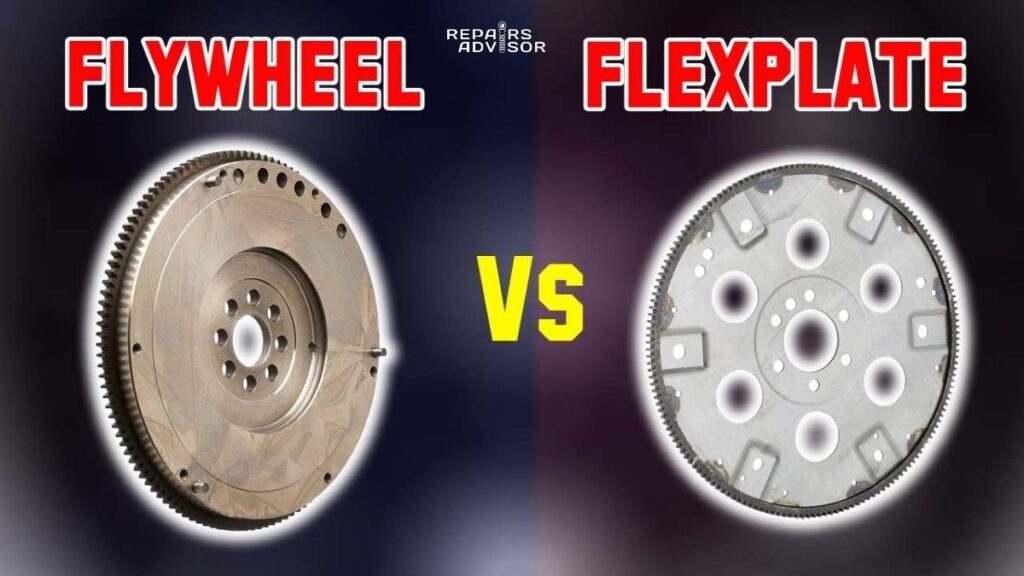
If you’ve ever heard mechanics talk about flywheels and flexplates, you might have noticed these terms get used interchangeably—but they shouldn’t. While both components connect your engine to your transmission and help your vehicle start, they’re fundamentally different parts designed for completely different transmission types. Using the wrong terminology or, worse, installing the wrong component […]
How Manual Transmissions and Clutch Systems Work: Power Control & Gear Selection

The art of driving a manual transmission—once the standard for every vehicle—is becoming a specialized skill in today’s automotive landscape. While less than 2.5% of new cars sold in the United States feature manual transmissions, understanding how these mechanical marvels work remains valuable for enthusiasts, DIYers, and anyone who appreciates the direct connection between driver […]
How Oxygen Sensors Work: Exhaust Analysis
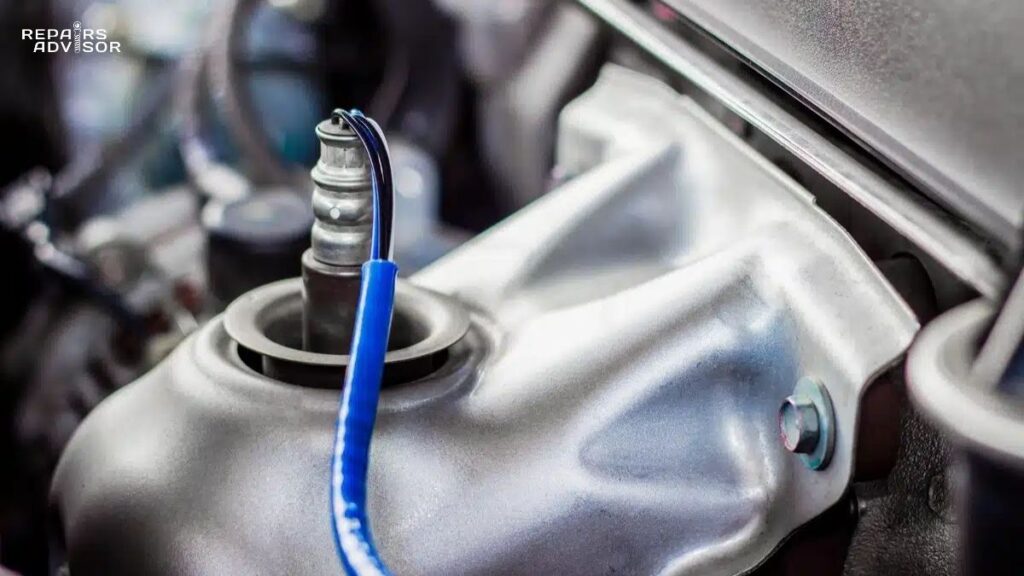
Introduction: Why Oxygen Sensors Matter for Your Vehicle Your vehicle’s oxygen sensor might be small, but it plays an outsized role in engine performance, fuel economy, and emissions control. This electronic component continuously measures the oxygen content in your exhaust gases and transmits real-time data to the engine control unit (ECU), enabling precise fuel mixture […]
How Mass Air Flow Sensors Work: Intake Measurement
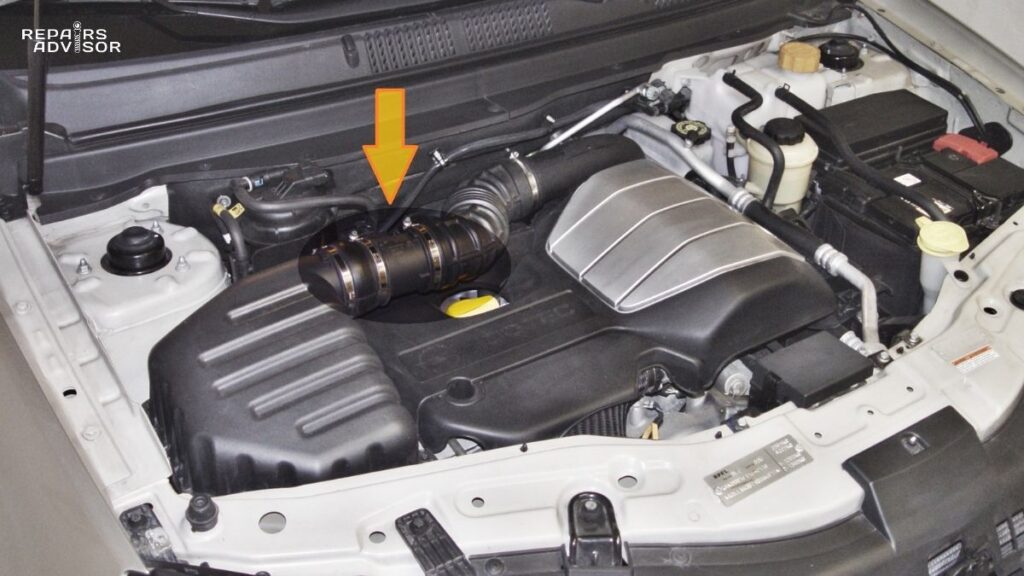
Introduction Your vehicle’s mass air flow (MAF) sensor plays a critical role in engine performance, yet many drivers don’t understand this component until something goes wrong. This small sensor, tucked between your air filter and throttle body, continuously measures the amount of air entering your engine—information that’s absolutely essential for your vehicle’s computer to calculate […]
How Exhaust Gas Recirculation (EGR) Works: Emission Control
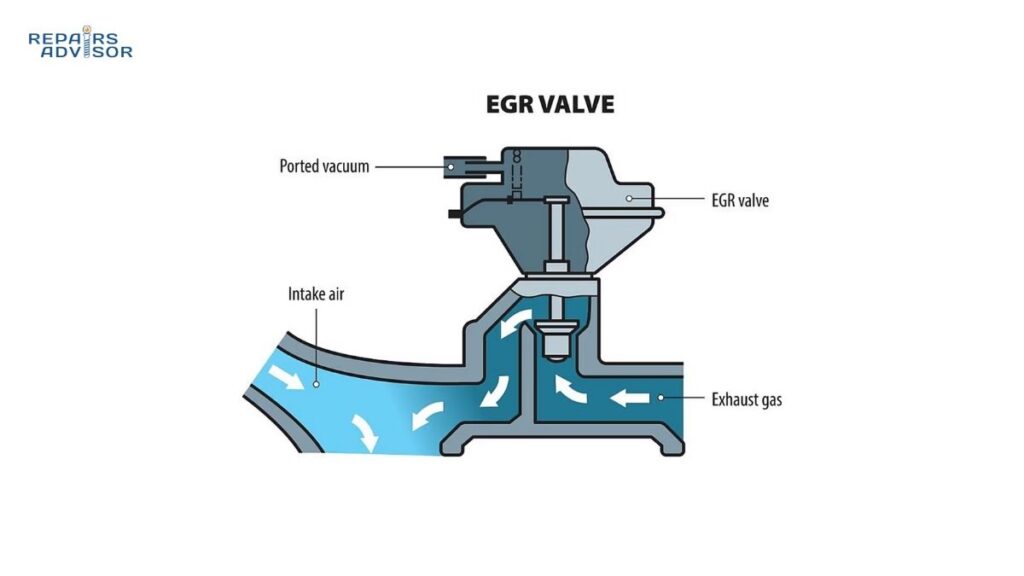
The Exhaust Gas Recirculation (EGR) system represents one of the most sophisticated emissions control technologies in modern vehicles, playing a dual role in reducing harmful nitrogen oxide (NOx) emissions while improving fuel efficiency. Understanding how your EGR system functions is essential for maintaining optimal engine performance, meeting environmental regulations, and preventing costly repairs down the […]
How Catalytic Converters Work: Exhaust Treatment
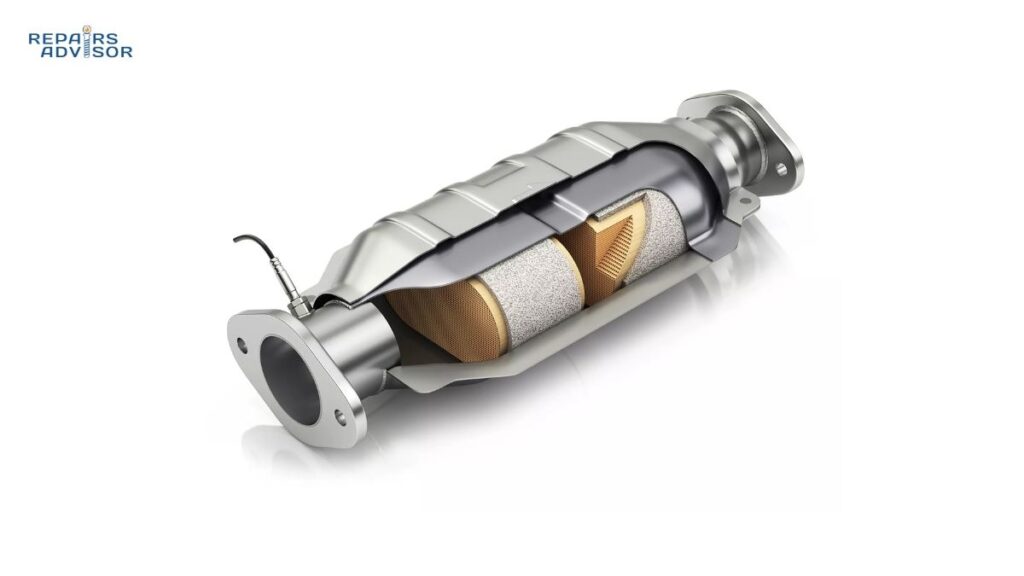
Why Catalytic Converter Is Critical for Fuel Efficiency The catalytic converter stands as one of modern vehicle engineering’s most significant emission control innovations. This exhaust treatment device transforms harmful pollutants into less toxic compounds before they exit your vehicle’s tailpipe, directly impacting both environmental compliance and fuel system efficiency. Since their widespread adoption in the […]
How Exhaust Systems Work: Gas Flow, Backpressure & Sound Control
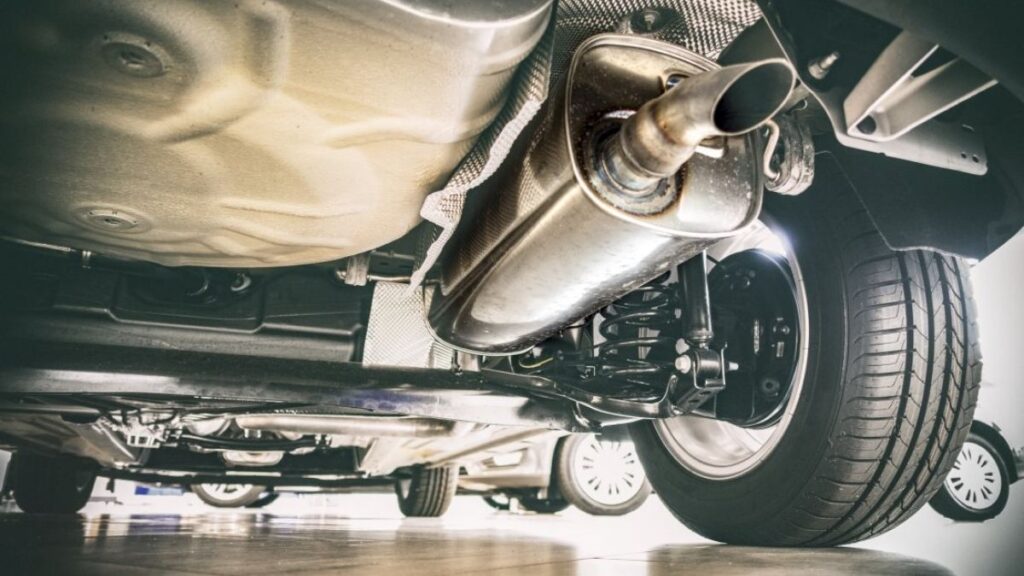
The exhaust system is one of the most critical components for modern vehicle operation, managing everything from engine performance to emissions compliance and cabin comfort. Understanding how these integrated systems work empowers both DIY enthusiasts and professional technicians to diagnose problems, optimize performance, and maintain proper environmental standards. Safety Note: Working on exhaust systems involves […]
How Exhaust Manifolds Work: Gas Collection
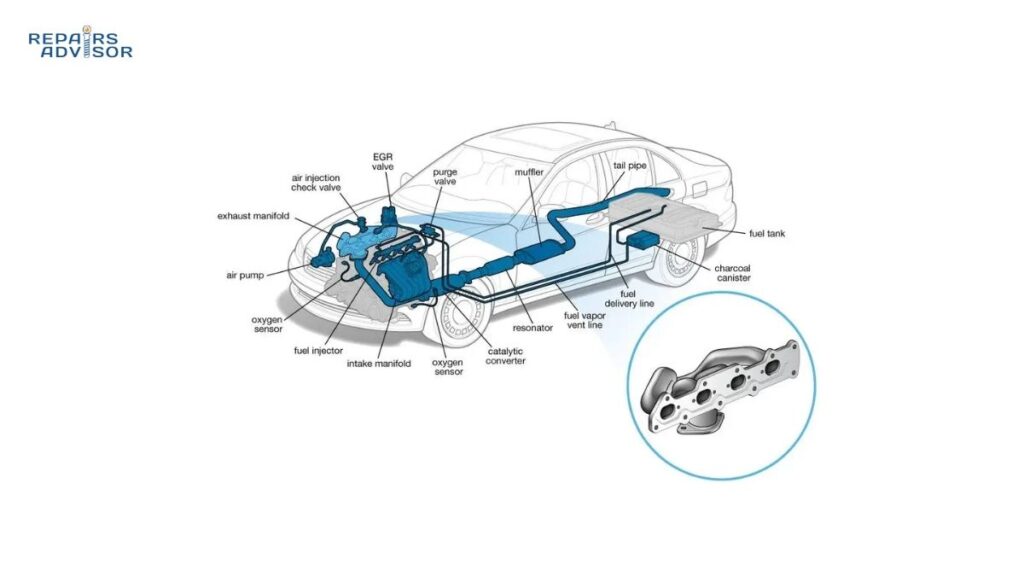
Why Exhaust Manifold Is Critical for Engine Performance The exhaust manifold serves as the critical first component in your vehicle’s exhaust system, collecting hot combustion gases from individual engine cylinders and directing them into a single flow path. Without a properly functioning exhaust manifold, your engine would suffer from poor gas collection, reduced performance, and […]
How Intercoolers Work: Charge Air Cooling
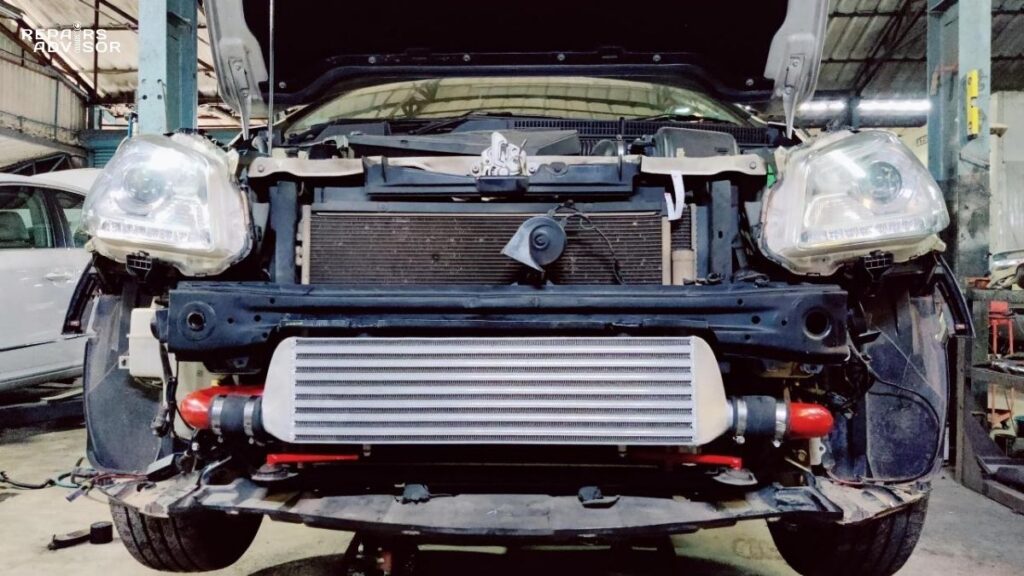
Information provided for reference only. Always consult manufacturer specifications and professional guidance for specific vehicle applications. Complex forced induction system diagnostics and modifications should be performed by qualified professionals. Why Intercooler Is Critical for Engine Performance The intercooler stands as a cornerstone component in modern forced induction systems, directly impacting engine power output, efficiency, and […]